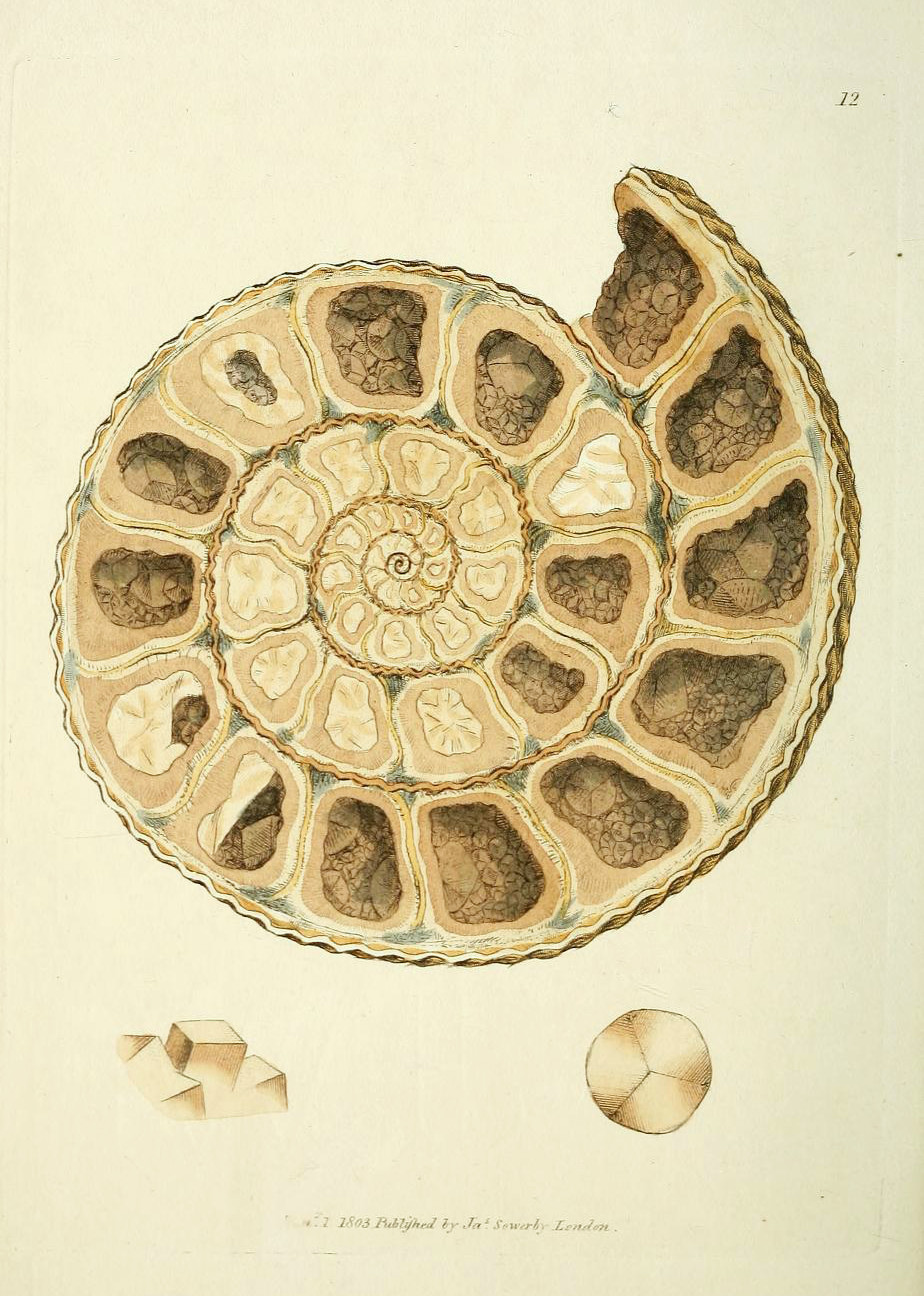Early career lessons
Early in my career when working for Dell Inc., I was working as an embedded systems software engineer. I built instrumentation code and APIs that a data center admin can tap into to control servers in a data center environment. Instrumentation code was the connective tissue between all the hardware, firmware, bios on a server and the OS layer. It brought everything together. I saw that the engineers who had intimate knowledge of this were the most-sought-after-goto-people in the entire department. This was a time before FOSS took off around 2008. Git was in its very early days and was starting to take hold. SVN was the prevalent version control system. The internal culture of the company was closed and proprietary.
So were the minds of many senior engineers, who had no incentive to teach folks like me early in their careers back then. There were few exceptions, like it’s always the case and it’s your mystery to unlock and find them. Case in point, build and/or know about the heart of the product or system and your value will be high for the enterprise.
Heart of a decision engine
When I took on the responsibility of lead UI architect for an enterprise payment risk management product line, I had a chance to not just set the core architecture, but also build the rules and decision engine of the product line. This put me in a position to be the SME by chance, on not just everything UI, front-end or application logic, but also the core business logic as well.
Building the Design System
When I saw the opportunity to build the Angular UI component library for other applications to consume, while architecting the massive risk management product line, I leaned into it. My partner engineer was building the CSS UI component library and along with our leadership at that time, we made the choice to build and amplify it for the company. This eventually became the building blocks of the Design System and the earliest generation of it. Since then, we have built 2 next generations, scaled our team to 22 people across engineering, design, accessibility, content, research and ops.
Our latest generation has libraries in Figma for designers, and for developers in CSS, React, Angular and Flutter. I am fortunate to manage the engineering efforts and formally be the Design System Engineering Director. The team, the purpose and the impact is so compelling and fulfilling, making me jump up to get to work every day. Again, case in point, if you build the heart of a product or system, it will build the skill, knowledge, reputation and recognition you need to build a successful career journey.
Grooming people
I truly believe in developing people for many reasons including but not limited to the following.
- Expand and extend the frontiers of your program, products, portfolio and company.
- The more people develop and grow, the more interested they are and higher the retention.
- Stronger, smarter, growing people will know where the program needs to go and take it there.
- They share their life timelines with you. It needs to be meaningful.
I see many leaders struggle in delegating, trusting and letting go. I have found it pretty natural to delegate myself. Because, I have seen the more I groom a person and believe in them and show where they can be, the more they’ve grown. I have been fortunate enough to hire A players. However, I do have team members who are still trying to find their feet, coming from different managerial leadership environments. For those members included, I have been working with them, to get them better than yesterday. Seeing where they are and identifying where they need to go, and charting a path.
Not too long ago, my partner and I were the 2 key architects for our React and Angular libraries. We had a new generation of design system and language in the works. I saw the opportunity to groom new dev leads on the program. We were also venturing into native mobile components space with Flutter.
For React and Angular, I identified 2 engineers who had been delivering solidly and taking ownership of the maintenance of the libraries. I talked to them individually about their interests and the opportunity ahead. To my surprise, they were more than keen to take it on. Angular library is especially tricky since it has a huge user base in the enterprise and it is more complicated. However, when building the previous generation of the lib, I made sure I invested time to ensure this engineer understood the heart of the system. That investment paid off. Fast forward, she with some help from me in laying down the repo infrastructure took the mantle of Angular UI library leadership, architected all the components in the best way possible, ensuring simplicity and smooth dev experience. The new React lead also came through with couple more people joining in.
The program has grown, the people have grown, they are now self sufficient holding the corner stones in the program. This has allowed me to venture into expanding the frontiers of the program.
In closing
In both cases, either you are doing it yourself or grooming others to take ownership, ensure you focus on the heart, arteries and the deep-ends of the product or system. With time, like in anything, the investment will pay back hugely in people and program.
